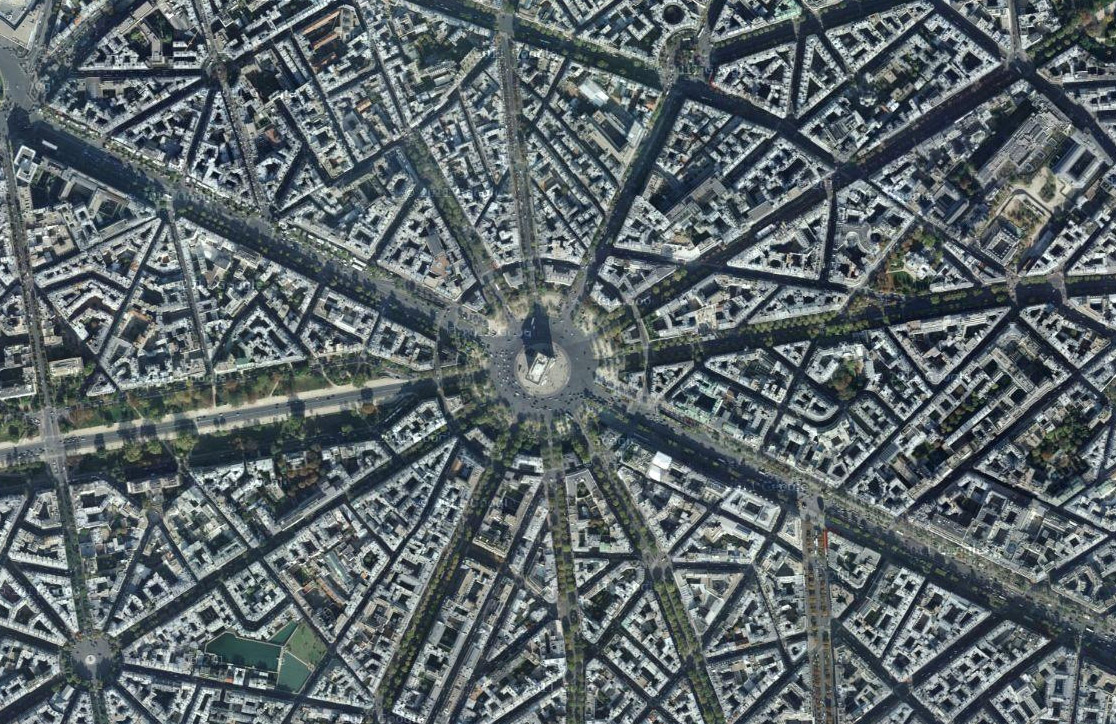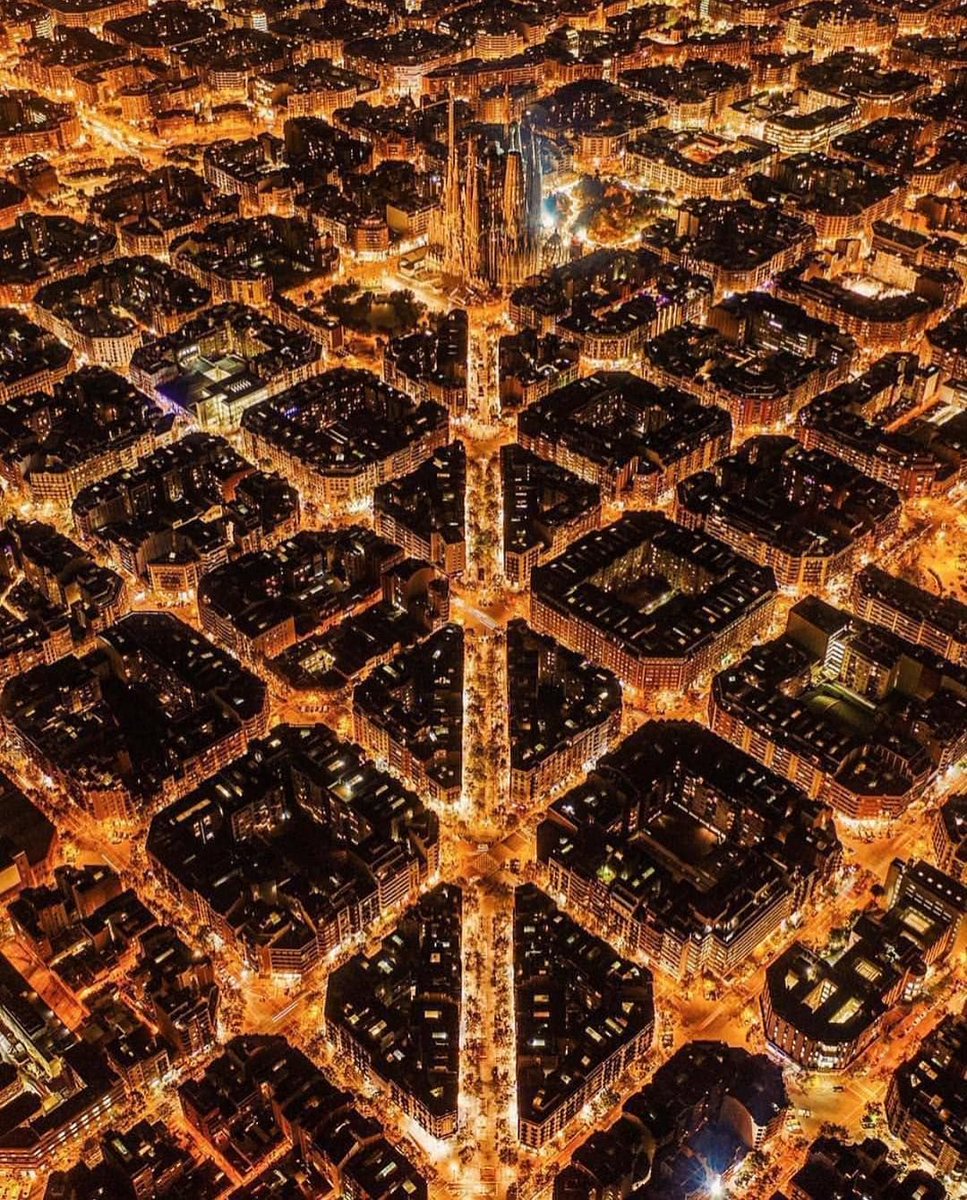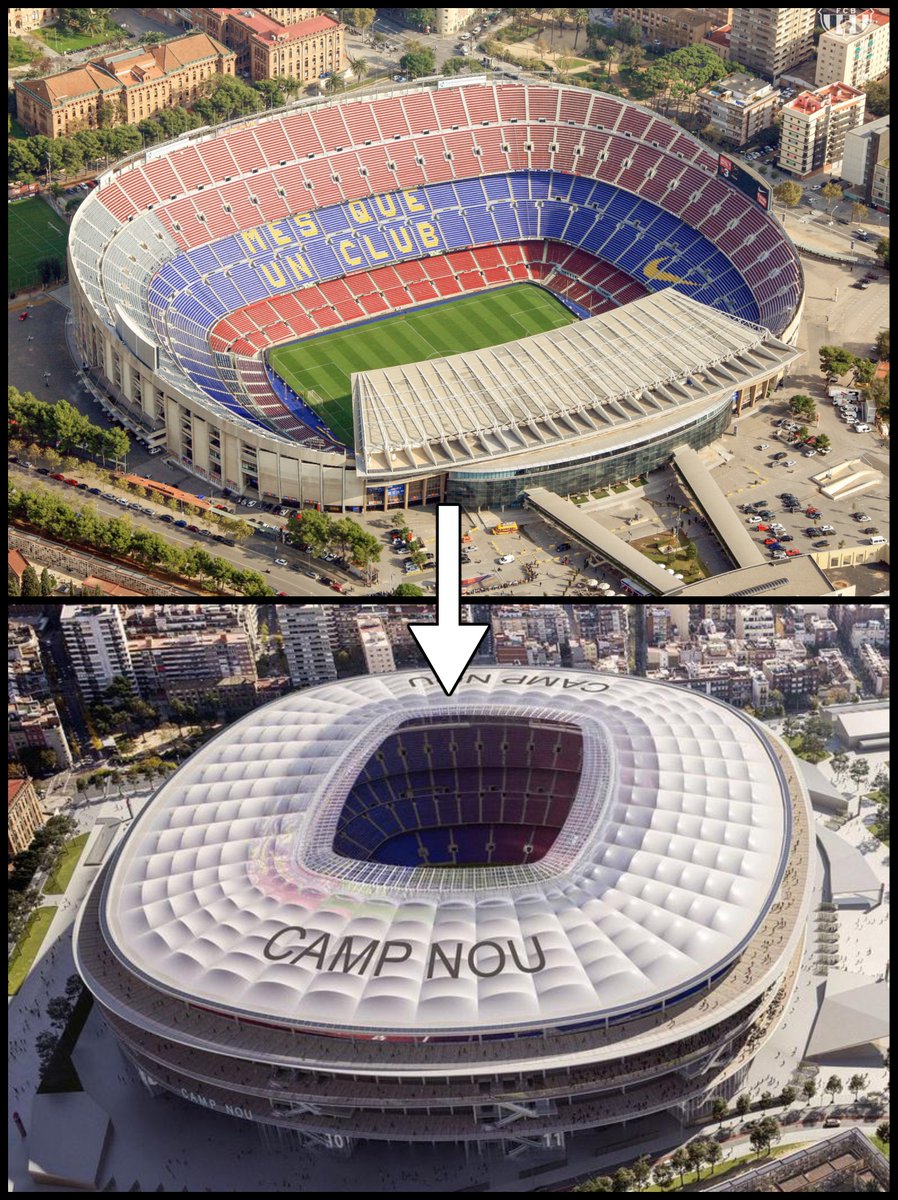Why does Paris look the way it does?
Well, until the year 1853 it was a diseased and overcrowded Medieval city — then the biggest urban renovation in history was announced.
This is the story of how Paris was transformed into the world's most popular city...
Well, until the year 1853 it was a diseased and overcrowded Medieval city — then the biggest urban renovation in history was announced.
This is the story of how Paris was transformed into the world's most popular city...

First: the context.
King Louis-Philippe of France was overthrown in 1848 and Louis-Napoleon, nephew of Napoleon Bonaparte, was elected President of the Second Republic that same year.
Three years later he staged a coup and became Emperor Napoleon III — France's final monarch.
King Louis-Philippe of France was overthrown in 1848 and Louis-Napoleon, nephew of Napoleon Bonaparte, was elected President of the Second Republic that same year.
Three years later he staged a coup and became Emperor Napoleon III — France's final monarch.

For centuries — ever since the Dark Ages — Paris had been one of Europe's biggest and most important cities.
But by the 19th century, as famously described in the works of Victor Hugo, Paris had become overcrowded and ravaged by disease — the urban poor were suffering.
But by the 19th century, as famously described in the works of Victor Hugo, Paris had become overcrowded and ravaged by disease — the urban poor were suffering.

So Napoleon III formed a grand ambition to totally rebuild the city and turn Paris into a modern metropolis.
The first man he appointed as "Prefect of Seine" to carry out his plans wasn't up to the task.
And so Napoleon turned to a civil servant called Georges-Eugène Haussmann.
The first man he appointed as "Prefect of Seine" to carry out his plans wasn't up to the task.
And so Napoleon turned to a civil servant called Georges-Eugène Haussmann.

Haussmann was talented, determined, and possessed an uncanny ability for overcoming any obstacle in his way.
And, crucially, he shared Napoleon's vision for a new, bright, clean, and beautiful Paris — a city where working people could lead decent lives.
As the Emperor said:
And, crucially, he shared Napoleon's vision for a new, bright, clean, and beautiful Paris — a city where working people could lead decent lives.
As the Emperor said:

So, starting in 1853, Haussman was given free rein by Napoleon to redesign and rebuild Paris.
The core of this plan was a system of boulevards radiating out from the Arc de Triomphe, interwoven with smaller streets and squares.
Light, space, transport, and a sense of grandeur.
The core of this plan was a system of boulevards radiating out from the Arc de Triomphe, interwoven with smaller streets and squares.
Light, space, transport, and a sense of grandeur.

They also annexed suburbs around Paris, increasing the number of arrondissements from 12 to 20 and the city's population from 400,000 to over 1.5 million.
This was an act of urban planning on a scale never seen before — only Barcelona's contemporaneous "Eixample" is comparable.
This was an act of urban planning on a scale never seen before — only Barcelona's contemporaneous "Eixample" is comparable.

They demolished about 20,000 buildings containing 120,000 lodgings or apartments, and replaced them with 34,000 new buildings containing over 215,000 apartments and lodgings.
They also demolished hundreds of streets — this is what a typical Parisian street once looked like...
They also demolished hundreds of streets — this is what a typical Parisian street once looked like...

...to be replaced by spacious boulevards.
Whereas the older streets had been as little as 5 metres wide, the new ones were at least 12 metres and 24 in some places.
Captured perfectly in Camille Pissarro's four paintings of the Boulevard Montmartre, from the 1890s.
Whereas the older streets had been as little as 5 metres wide, the new ones were at least 12 metres and 24 in some places.
Captured perfectly in Camille Pissarro's four paintings of the Boulevard Montmartre, from the 1890s.

Haussmann also led the construction of new sewers, aqueducts, street lighting, and other public infrastructure.
A reminder of his and Napoleon's concern for the working classes of Paris and their living conditions.
Paris was being dragged out of the Middle Ages.
A reminder of his and Napoleon's concern for the working classes of Paris and their living conditions.
Paris was being dragged out of the Middle Ages.

As part of this vast construction programme many other large-scale projects were commissioned, including new town halls for the arrondissements.
The Paris Opera House, the Gare du Nord, and the Church of St Augustine are just three other examples.
A city reborn.
The Paris Opera House, the Gare du Nord, and the Church of St Augustine are just three other examples.
A city reborn.

Napoleon, inspired by London, wanted to fill Paris with public parks.
So Haussmann created the Bois de Boulogne in the west, the Bois de Vincennes in the east, the Parc des Buttes-Chaumont in the north, and the Parc Montsouris in the south.
600,000 trees planted in 17 years.
So Haussmann created the Bois de Boulogne in the west, the Bois de Vincennes in the east, the Parc des Buttes-Chaumont in the north, and the Parc Montsouris in the south.
600,000 trees planted in 17 years.

But the most distinctive feature of Haussmann's renovation is the so-called "Haussmann Building".
He imposed strict regulations about how the newly constructed buildings along Paris' boulevards must look — including their height, width, and external architecture and decoration.
He imposed strict regulations about how the newly constructed buildings along Paris' boulevards must look — including their height, width, and external architecture and decoration.

Haussmann even stressed that they must be built or faced with Lutetian limestone, and ordered that they be repaired at least every ten years.
This explains the striking uniformity and distinctive aesthetic of Parisian architecture.
This explains the striking uniformity and distinctive aesthetic of Parisian architecture.

Why did Napoleon and Haussmann enforce such strict rules?
What they wanted was a city in which buildings weren't individual structures, but were part of a broader, cohesive whole.
The idea was to give Paris a unique identity — and it worked.
What they wanted was a city in which buildings weren't individual structures, but were part of a broader, cohesive whole.
The idea was to give Paris a unique identity — and it worked.

And so this is the most remarkable thing about Haussmann's renovation — its authoritarian nature.
Taken out of context, the language and rules and totalitarian scope of his vast urban reconstruction sound almost Orwellian.
Taken out of context, the language and rules and totalitarian scope of his vast urban reconstruction sound almost Orwellian.
Le Corbusier himself, the father of modern architecture, later proposed his "Plan Voisin" in 1925.
It would redevelop central Paris with 18 colossal, identical skyscrapers — similar, in its uniformity and absolutism, to Haussmann's plan.
It would redevelop central Paris with 18 colossal, identical skyscrapers — similar, in its uniformity and absolutism, to Haussmann's plan.

And yet the result of Haussmann's renovation, backed by Napoleon III and authoritarian in nature, was the creation of one of the world's most beloved cities.
Paris has for a long time been, and remains, the world's number one tourist destination.
Paris has for a long time been, and remains, the world's number one tourist destination.

But the thing is... people at the time hated Haussmann's work.
Political rivals vigorously opposed the lavish expenditure and the public bemoaned the decades of continuous, disruptive construction works.
Political rivals vigorously opposed the lavish expenditure and the public bemoaned the decades of continuous, disruptive construction works.

And, perhaps surprisingly, many disapproved of Haussmann's plan on moral and aesthetic grounds.
They thought the Medieval charm of Paris was being destroyed, that this renovation was an act of desecration, of "awful materialism".
As the Prime Minister Jules Ferry said:
They thought the Medieval charm of Paris was being destroyed, that this renovation was an act of desecration, of "awful materialism".
As the Prime Minister Jules Ferry said:

The later historian René Héron de Villefosse wrote this about what Haussmann did — accusing him of megalomania, bad taste, anti-traditionalism, and even of being too American!
Criticisms that seem strange, if not downright ridiculous, now.
Criticisms that seem strange, if not downright ridiculous, now.

Napoleon was eventually forced to sack Haussmann under public and political pressure, but others continued his work and in 1927 the final stage of the plan was complete.
Thus the Paris of today was born — with the notable addition of the equally hated Eiffel Tower in 1889.
Thus the Paris of today was born — with the notable addition of the equally hated Eiffel Tower in 1889.

A century and a half after Haussmann's dismissal such opposition feels odd.
Because there seems to be little modern about Paris, dominated as it is by traditional architecture and notably lacking skyscrapers.
People go there for the very reasons Haussmann was derided.
Because there seems to be little modern about Paris, dominated as it is by traditional architecture and notably lacking skyscrapers.
People go there for the very reasons Haussmann was derided.

Since then, of course, plenty of new and equally iconic buildings have been added to Paris — a smattering of modernism amid its mansards and boulevards.
From the Pompidou Centre to the Louvre's Glass Pyramid to the infamous Tour Montparnasse.
From the Pompidou Centre to the Louvre's Glass Pyramid to the infamous Tour Montparnasse.

And so the story of Paris' renovation is instructive for many reasons.
Foremost among them is that, it would seem, a beautiful city can be consciously planned and created.
And, further, that everything old or traditional was once startlingly and even scandalously modern.
Foremost among them is that, it would seem, a beautiful city can be consciously planned and created.
And, further, that everything old or traditional was once startlingly and even scandalously modern.
• • •
Missing some Tweet in this thread? You can try to
force a refresh





















